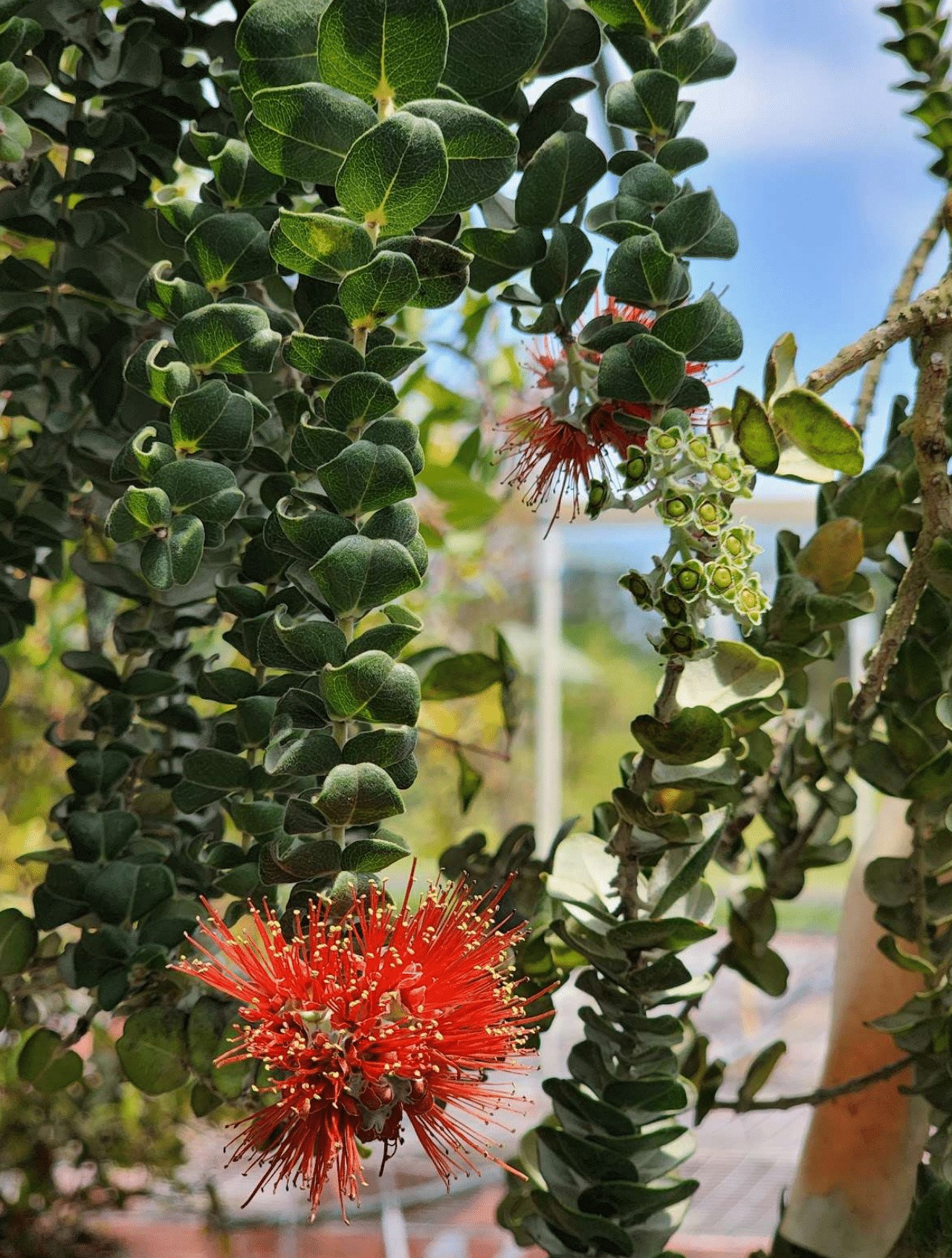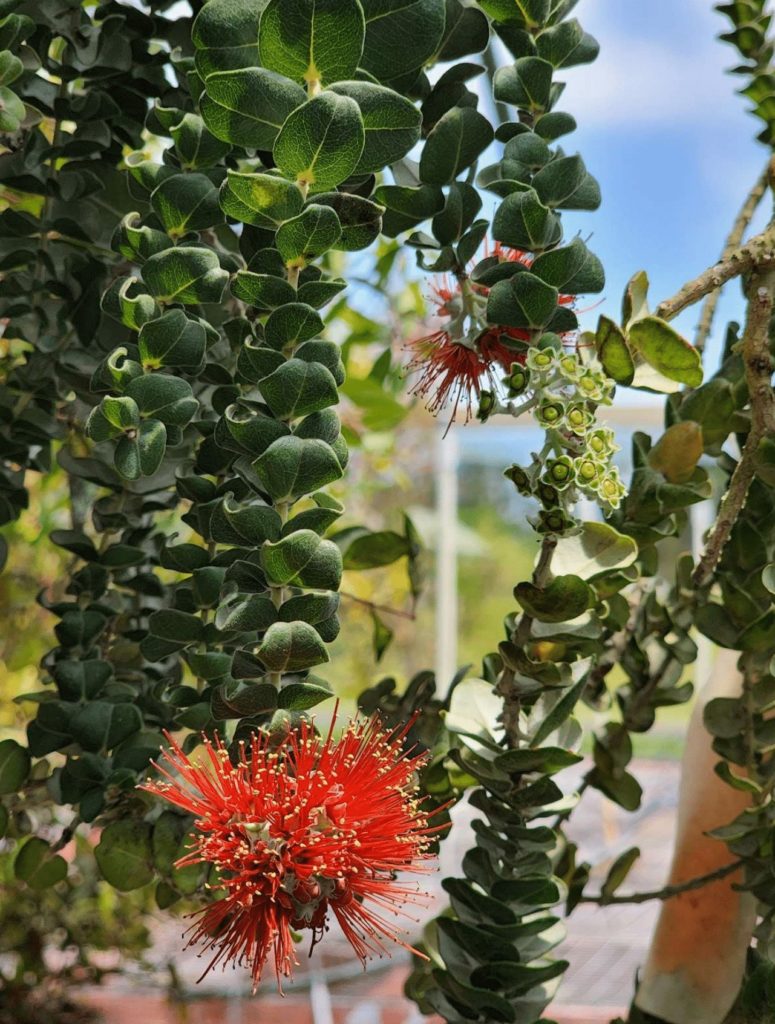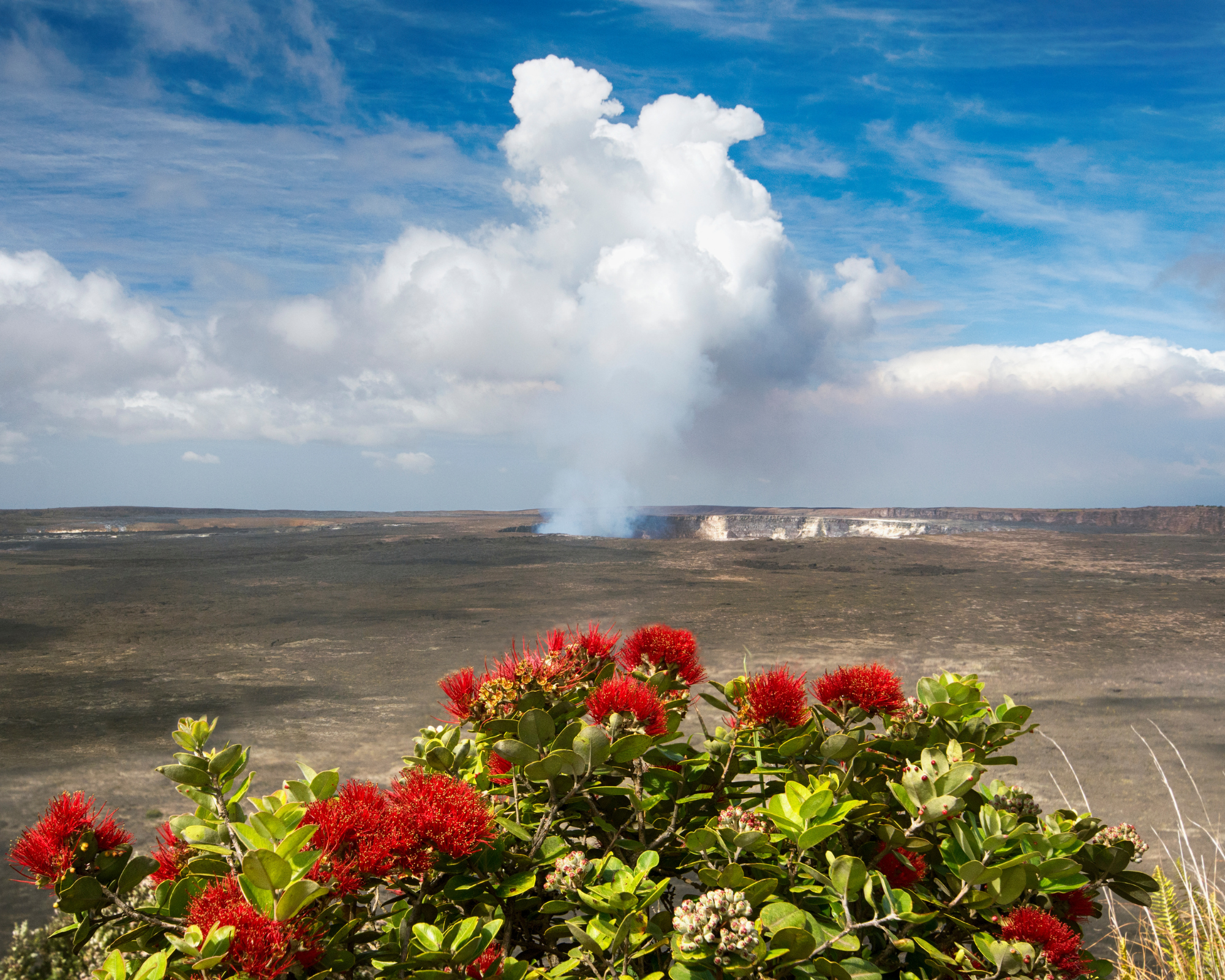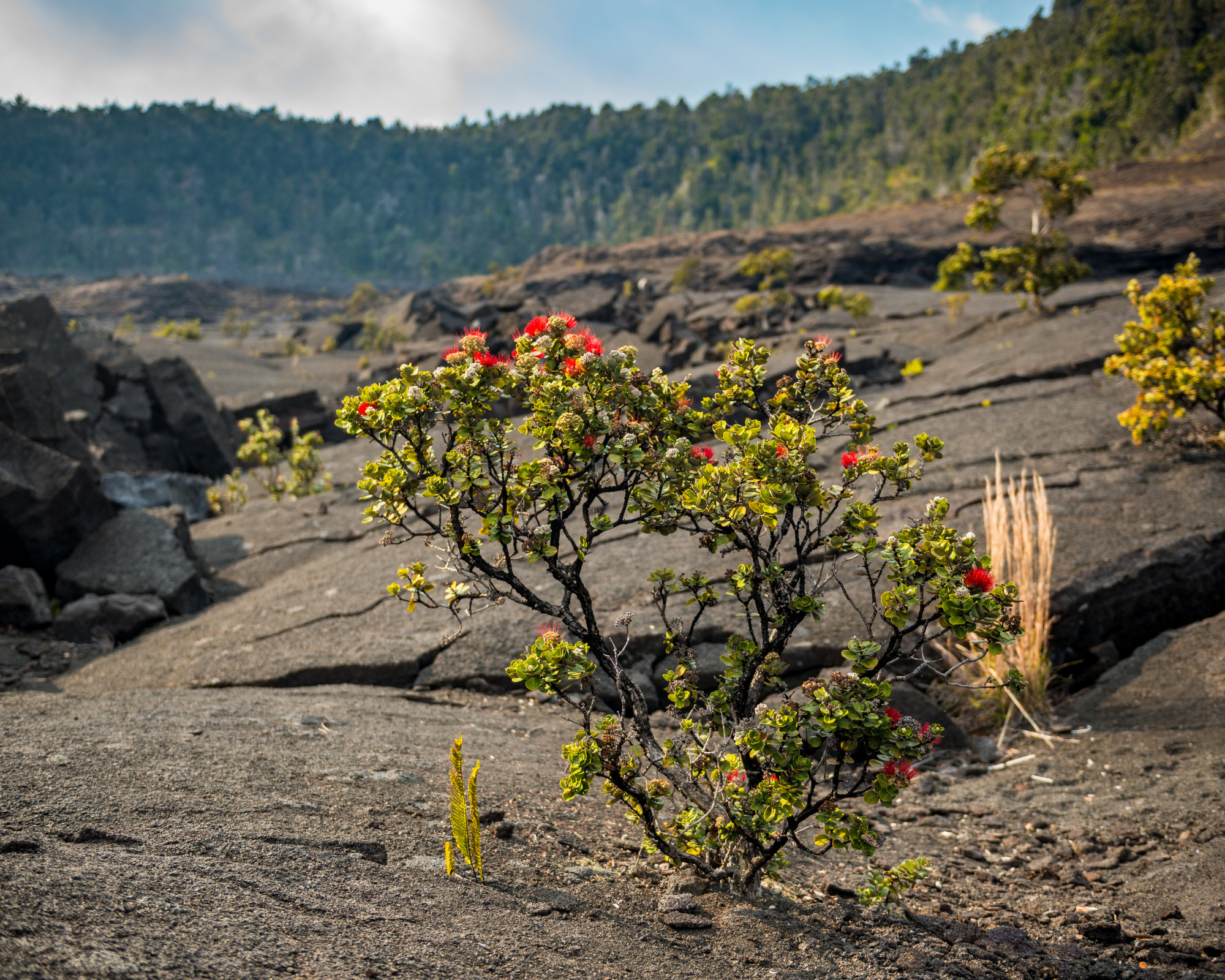PART I: Talk Story With Big Island Conservationist Kassie Conner


Born and raised in rural Illinois, Kassie was always passionate about conservation but found herself surrounded by people that didn’t see the world in the same way. It wasn’t until she moved to Hawai’i that she found others with the same passion. She began working with NARS (Natural Area Reserves System) and Kupu (a non-profit focused on empowering future generations to create a more sustainable Hawai’i) as an AmeriCorps volunteer. Through this job, she got to see the most remote areas of the Big Island. She had to get various certifications and overcome quite a few fears to be accepted into the programs. As a 4’11” female, Kassie had to get a child-sized helicopter flight suit for flights across the island. It’s all laughs until she has to get serious when landing in some grueling and desolate parts of the island. She recently graduated with her Bachelor’s degree in Tropical Plant Science and Agroecology and transitioned into a position at University of Nevada Las Vegas with an affiliation to UH Hilo. Here she works with the sacred Hawaiian tree, the ‘Ōhi‘a Lehua that is at great risk from a disease called Rapid ‘Ōhi‘a Death (ROD).
The Hawaiian myth associated with the endemic ‘Ōhi‘a tree is especially known on the Big Island because of its ties to the volcanic goddess Pele. The ‘Ōhi‘a lehua is the first tree that springs up from a recent lava flow. In Hawaiian legend, the goddess Pele fell in love with the man ‘Ōhi‘a, but he turned down her advances. Pele, being the beautiful and fiery goddess she is, turned ‘Ōhi‘a into a tree. His lover, Lehua, was devastated. Pitying her, the other gods turned her into a flower on the ‘Ōhi‘a tree.
We caught up with Kassie to try and get a conservationist’s perspective on what the average person can do to minimize their impact on the local ecosystem.
Talk Story with Kassie
What draws you to the work you get to do on a daily basis and why?
Kassie: I have always had a passion for the natural world and was looking to understand it from a young age. To my mothers dismay, I was always bringing home small creatures, insects, and mud pies decorated with every type of vegetative growth I could find within the boundary of our yard. As I grew older I struggled with narrowing down exactly what I wanted to do, but I always knew it would have something to do with the environment. Conservation is such a beautiful and hugely diverse field that I still have trouble narrowing down my exact path. To me, conservation is so special because you get to protect and preserve some of the most fragile, delicate, and overlooked beings that we all share the world with. The most enjoyable part of what I have been able to experience is that I am constantly learning and experiencing new things on a daily basis. It is a humbling thing to wake up and not know exactly what your day is going to bring you, or what idea of change may come to you as you progress through a task. The community I have found working conservation on Hawai’i is unmatchable to any I’ve been a part of elsewhere. It is one of the things I am most grateful for in my daily life because I get to be connected to a wealth of knowledge and aid. Everyone is happy to help in this journey because we understand our common goal; to preserve and reinvigorate the ʻāina.
You just transitioned into working with ‘Ōhi‘a – what exactly are you doing in this new job?
Kassie: Currently I am overseeing two small greenhouses that are home to a handful of different projects related to Meterosideros (the genus name of ‘ōhi’a + other species found across the world related to ‘ōhi’a) species. In our greenhouse we have multiple species of ‘ohi’a from across the Hawaiian islands as well as two species from outside of Hawai’i. The woman I am working under is a wonderfully talented biologist and has been conducting her research for the past 18 years. Some of the projects and plants I overlook are from long term studies looking at plant evolution, primarily with population divergence and reproductive isolation, along with new studies that deal with light and drought adaptations between the varying species of ‘ōhi’a. My daily duties include the maintenance and upkeep of health for these plants as well as collecting data and notes on the growth habits of our ‘ōhi’a.
Do you think there’s much headway being made against Rapid ‘Ōhi‘a Death?
Kassie: There are many people dedicated to understanding and working to find the solution/s to the devastation ROD has on our ‘ōhi’a populations and the information they have found thus far has been hugely important to controlling the spread to further populations. Science is a very fickle and sometimes slow process because there are an infinite amount of ways to look at a single problem. Some of the solutions require time frames that aren’t always desirable but necessary to get accurate results which is very hard for the scientists and community alike as they see further devastation happening in forests they care for. ROD is unique in many ways including the fact that a tree infected with this fungus does not outwardly show symptoms until it is too late, so coming up with solutions for treatment is very difficult. Luckily, we have many communities across the Hawaiian islands that care deeply about this subject and I have no doubt that the people who are dedicating their lives to understanding this issue will succeed in finding a way to protect ‘ohi’a from ROD.
And what can the average person do to combat the spread?
Kassie: For how difficult it is to study, the information that has been found on how to prevent the spread of ROD is easily accessible across a lot of wonderful resources. Just to share a handful of reliable resources where you can continually check for updated information include Hawaii’s Division of Land and Natural Resources, US Geological Survey, National Park Services, ****and the University of Hawai’i College of Tropical Agriculture and Human Resources.
The most basic 5 steps you can take yourself to prevent the spread of ROD inculde:
- Avoid injuring ʻōhiʻa. This includes pruning back trees and driving over established roots. Injuries are thought to be how ROD spores enter the ʻōhiʻa’s vascular system.
- Don’t move ʻōhiʻa wood or ʻōhiʻa parts.
- Don’t transport ʻōhiʻa inter-island. This is important because not all of the islands are affected by ROD, and preserving those islands until there is a solution is crucial.
- Clean gear and tools, including shoes and clothes, before and after entering forests. Using a cheap and simple solution of 70% or above alcohol kills ROD spores upon contact and is easy to spray on boots and gear before and after a hike.
- Wash the tires and undercarriage of your vehicle to remove all soil or mud. This also prevents the spread of other invasive seeds and keeps our intact forests intact for longer!
While the ‘Ōhi‘a is probably the most well known at-risk plant on the island, there are quite a few others that don’t get as much attention. Invasive plants have seriously threatened indigenous and endemic species on all of the Hawaiian islands. Check out PART II for another Talk Story With Kassie for more knowledge on our ʻĀina and protecting it.



Leave a Reply Cancel reply
Subscribe to the Newsletter
Sign up to see what's IN BLOOM with updates and special offers!
Thank you!
You have successfully joined my newsletter :)
let's stay connected!
based in
San diego, CA
bettymoonstudios@gmail.com